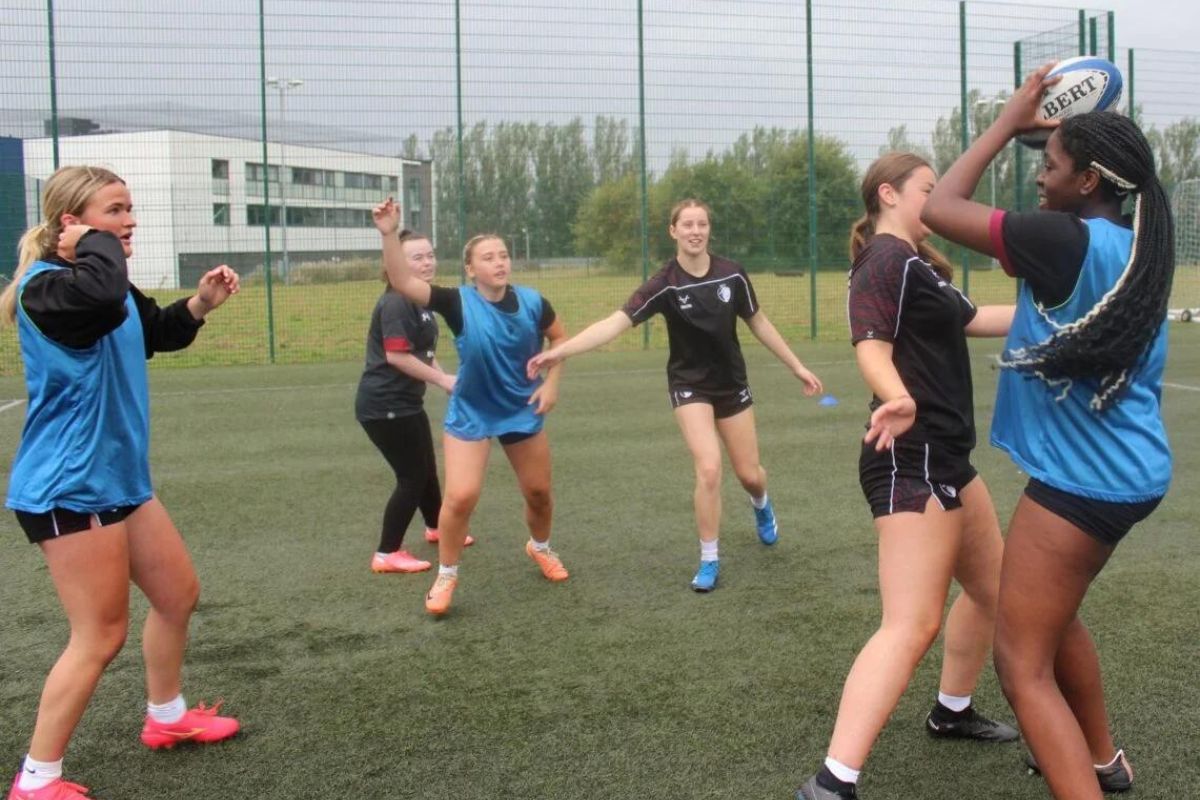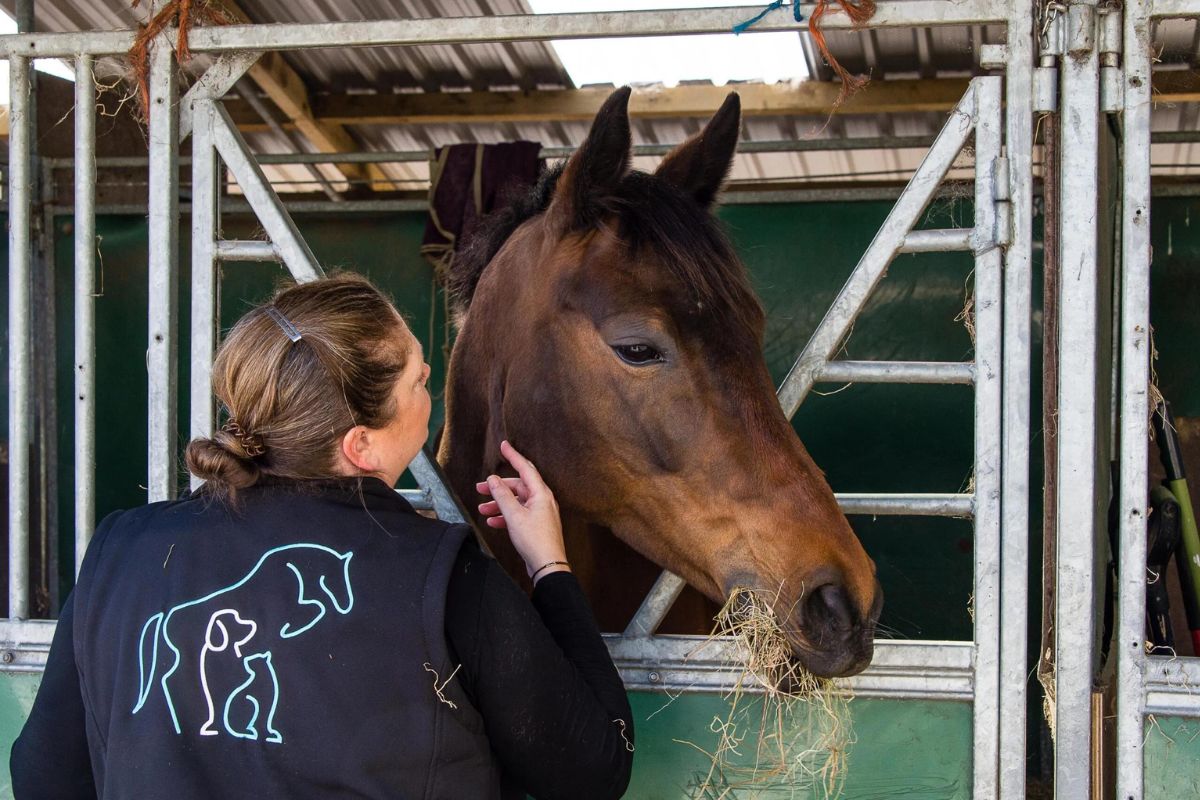Decoding Passive Aggression: Navigating the Workplace with Neurodiversity

Workplaces are like microcosms of society, diverse in every sense. People with varying abilities, communication styles, and backgrounds come together to work as a team. However, this diversity can sometimes lead to misunderstandings and conflicts, especially when passive-aggressive behavior rears its head. Albert Einstein once said, “Peace cannot be kept by force; it can only be achieved by understanding.” In this article we’ll look into the intricacies of passive aggression in the workplace, focusing on its impact on neurodiversity individuals.
Understanding Passive Aggression
Passive-aggressive behavior is a form of indirect, often subtle, expression of hostility, annoyance, or resentment. It can manifest in various ways, such as sarcasm, backhanded compliments, or silent resistance. As Scott Wiltermuth, a professor of management and organization at the University of Southern California, notes, “Passive-aggressive behavior is when you express negative feelings indirectly instead of openly addressing them.”
The Significance of Neurodiversity
Neurodiversity refers to the idea that neurological differences, like autism, ADHD, and dyslexia, are natural variations of the human genome. In the workplace, neurodiverse individuals bring unique strengths and perspectives. However, their distinct communication styles and sensitivities can sometimes make them more vulnerable to misunderstandings related to passive-aggressive behavior.
Neurodiverse Communication Styles and Challenges
Neurodiverse individuals may have communication styles that differ from the neurotypical majority. Understanding non-verbal cues, tone of voice, and sarcasm can be challenging, making them more susceptible to passive-aggressive interactions. They might perceive such behavior as genuine, leading to confusion and stress. As Temple Grandin, a prominent advocate for people with autism, points out, “I am different, not less.”
Impact on Mental Health and Well-being
Exposure to passive-aggressive behavior can take a toll on anyone’s mental health. For neurodiverse individuals, who often have heightened sensitivities, the impact can be even more significant. Increased stress, anxiety, and reduced job satisfaction are expected consequences. In the words of Maya Angelou, “We all should know that diversity makes for a rich tapestry, and we must understand that all the threads of the tapestry are equal in value.”
In a world where we are all on a variation on the theme of the experience of being human, this is where diversity is celebrated; workplaces must become environments where everyone, regardless of their neurodiversity culture and circumstances, can thrive and contribute their unique perspectives.
Further key questions:
What is the prevalence and nature of passive-aggressive behavior in the workplace, and how does it manifest in interactions with neurodiverse individuals?
This question seeks to understand the scope and specific forms of passive aggression in the context of neurodiversity.
How do neurodiverse individuals perceive and respond to passive-aggressive behavior?
Investigating the experiences and coping mechanisms of neurodiverse individuals can shed light on the psychological impact.
What are the organizational and cultural factors that contribute to passive-aggressive behavior in the workplace?
Exploring the broader context can help identify systemic issues.
What are the potential consequences of passive aggression for neurodiverse individuals, both in terms of mental health and job performance?
Understanding the outcomes is crucial for intervention strategies.
What strategies and interventions can be effective in mitigating passive aggression and creating more inclusive workplaces for neurodiverse individuals?
Research in this area oftEn fare, we focus on developing practical solutions and recommendations.
How can awareness and education about neurodiversity be integrated into workplace training and policies to reduce passive aggression?
This question addresses the role of education and advocacy in promoting inclusivity.
Are there legal and ethical implications for organizations that fail to address passive-aggressive behaviour and its impact on neurodiverse individuals?
Understanding the legal and ethical aspects can inform policy development and enforcement.
By Gavin Hoole











Responses